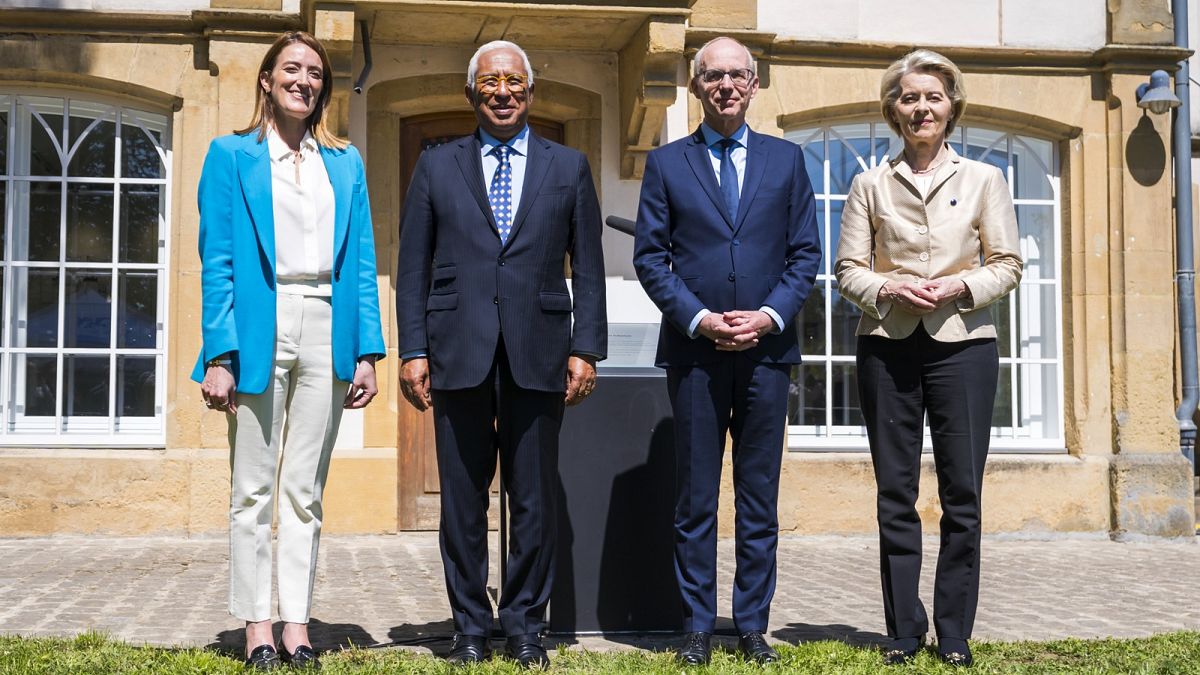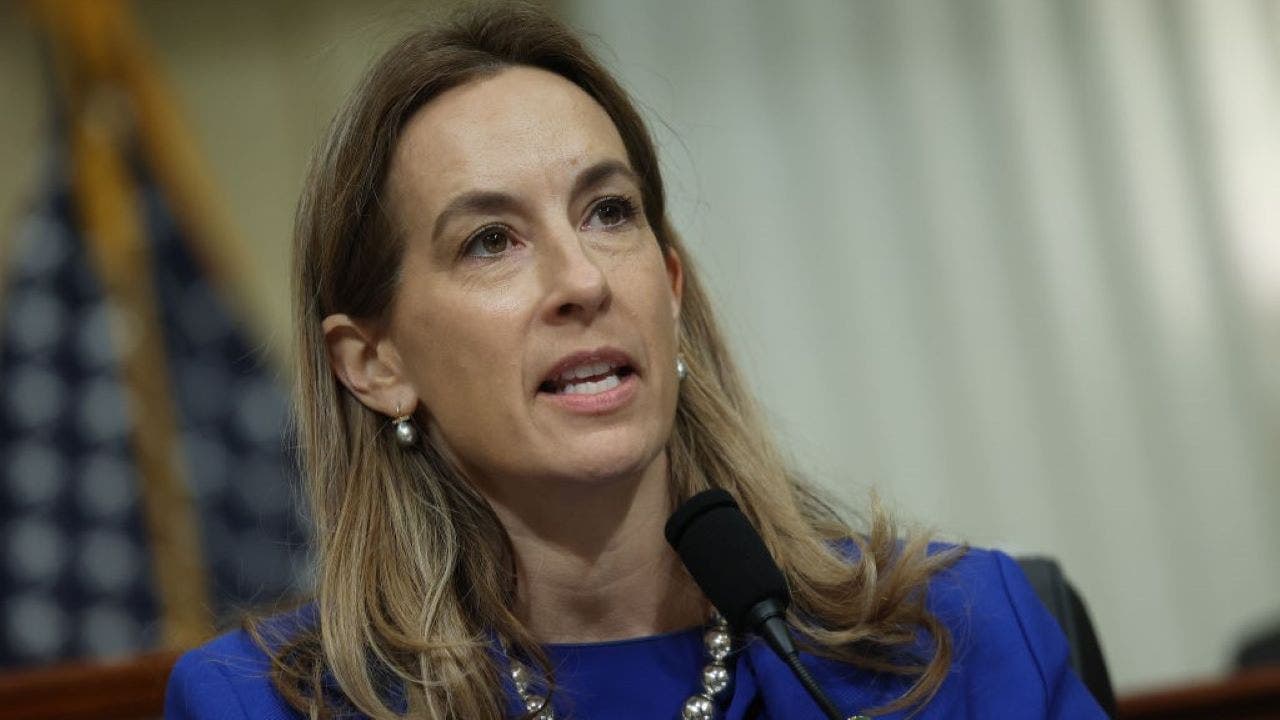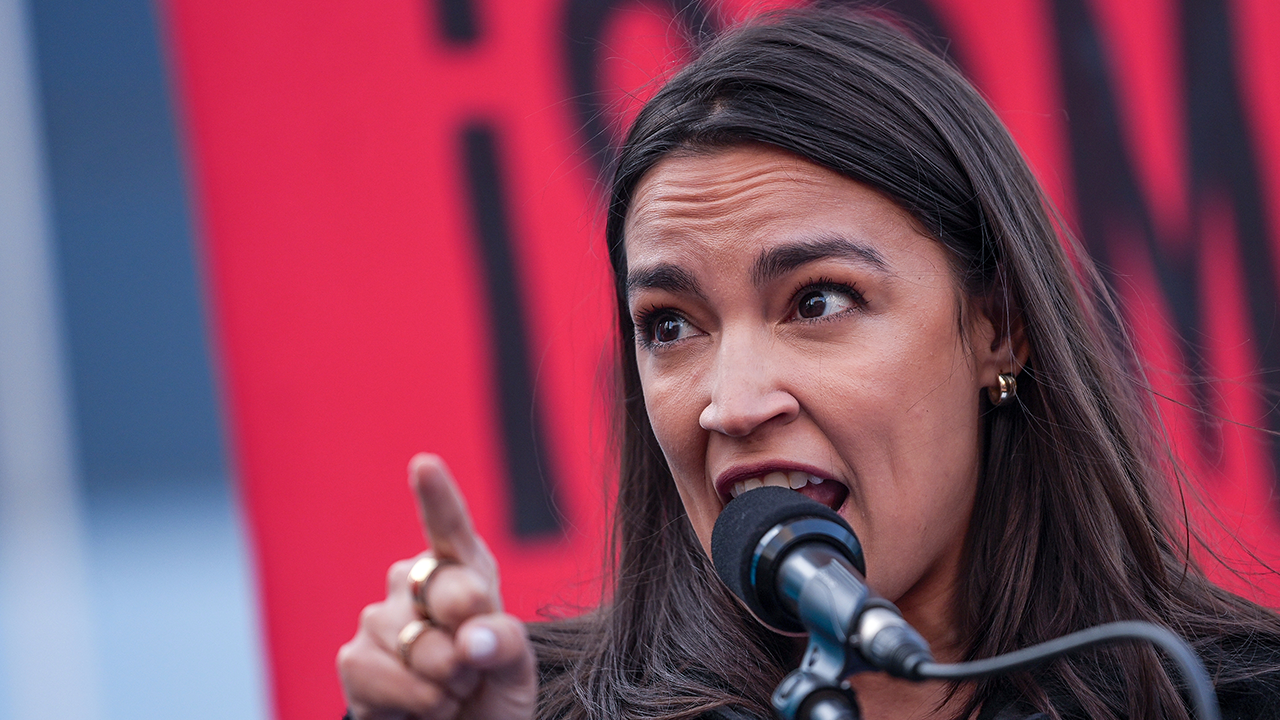Seven US personnel were wounded in a rocket attack by Iran-backed militias on a base in Iraq, underscoring the threat to American forces amid intensified diplomatic efforts to ease tensions between Iran and Israel.
US defence secretary Lloyd Austin said the attack on Ain al-Assad, the main base hosting American forces in Iraq, “marked a dangerous escalation and demonstrated Iran’s destabilising role in the region”, according to a Pentagon readout of a call with his Israeli counterpart.
The assault on Monday was the first time in months that American troops in Iraq have been wounded, and followed a US strike against Iran-backed Iraqi militias last week.
Two rockets hit the airbase at about 9pm local time on Monday, wounding five US soldiers and two American contractors, a US defence official said. Two were evacuated from Iraq for further treatment and all are in a stable condition, the official said.
The Ain al-Assad attack took place as Washington and its Arab allies sought to reduce soaring regional tensions following the back-to-back assassinations of senior leaders of the Lebanese militant movement Hizbollah and Hamas last week.
Both Iran and Hizbollah have vowed to retaliate against Israel after Fuad Shukr, a Hizbollah commander, was killed by an Israeli strike on Beirut, and Ismail Haniyeh, Hamas’s political leader, was assassinated in Tehran.
US secretary of state Antony Blinken said Washington was “engaged in intense diplomacy pretty much around the clock with a very simple message: all parties must refrain from escalation, all parties must take steps to ease tensions”.
An Iranian official told the Financial Times that the US had sent messages to Tehran through Jordan, Oman and Qatar urging the republic not to escalate the situation, saying that would not be in its interests. But Iran’s response has been that “we have made our decision”, the official said.
Hizbollah’s leader on Tuesday said the group would respond to the killing of its most senior military commander, regardless of international diplomacy and “no matter the consequences”.
“Our response will come. Alone, or with the Axis [of Resistance],” Hassan Nasrallah said, referring to the network of Iran-backed groups in the region, in a speech marking a week since Israel’s assassination of Shuk.
“These are all possibilities,” he said, adding that the uncertainty over the retaliation was psychological warfare and was part of Israel’s punishment.
Blinken said to “break this cycle”, there needed to be a ceasefire to end the 10-month war between Israel and Hamas in Gaza, urging the sides to accept a deal.
The US, along with Qatar and Egypt, have for months been seeking to broker a deal to secure the release of hostages in Gaza and halt the war in the besieged strip, which is considered vital to ending the regional hostilities that erupted after Hamas’s October 7 attack.
But they have struggled to get the parties to agree a deal, and mediators have warned that the killing of Haniyeh, Hamas’s main negotiator, has further set back the talks.
The fear is that a robust retaliation to the assassinations by Iran and Hizbollah will trigger an Israeli counter-response and push the region closer to a full-blown war.
Hizbollah and Israel continued to trade fire on Tuesday, with Lebanese authorities saying at least six people were killed in Israeli strikes, one of which targeted the town of Mayfadoun, some 30km inside Lebanon. At least four of those people were Hizbollah fighters.
Israeli health authorities said seven people were wounded, including one critically, after a Hizbollah barrage, although the Israel Defense Forces later clarified that one of its own air defence interceptor missiles “missed the target and hit the ground, injuring several civilians”. The IDF said the incident was under review.
There are also concerns that Iran could mobilise the militant groups in the so-called Axis of Resistance, which includes Houthi rebels in Yemen and militias in Iraq and Syria, as well as Hizbollah and Hamas.
The US has moved additional military assets, including warships and fighter jets, to the region to help defend Israel and in a show of deterrence. But there is a risk that its forces are sucked into combat.
There are about 2,500 American troops in Iraq and about 900 in Syria, where they have been part of an international coalition fighting Isis, the jihadi group.
Iran-backed militias have launched multiple rocket and drone strikes against US forces since the October 7 attack and Israel’s retaliatory offensive in Gaza triggered a wave of regional hostilities.
Those attacks had diminished in intensity after the US launched air strikes against Iran-affiliated targets in Syria following an attack on a US base on the border between Jordan and Syria that killed three American soldiers in January.
Ain al-Assad base has been targeted at least twice in the past month.
The Houthis have also launched attacks against US navy vessels that have been patrolling the Red Sea in an effort to prevent the Yemeni rebels’ assaults on merchant shipping in the key maritime trade route.
Iranian leaders stepped up their threats against Israel on Monday as the region braced for the Islamic republic’s response, with President Masoud Pezeshkian warning that Tehran would “definitely” respond to Haniyeh’s killing.
He said Iran was not seeking to “expand the scope of war” in the region but Israel “will definitely receive a response for its crimes and insolence”.
Israel has neither denied nor confirmed responsibility for Haniyeh’s killing.
Additional reporting by Raya Jalabi in Beirut and Neri Zilber in Tel Aviv




























